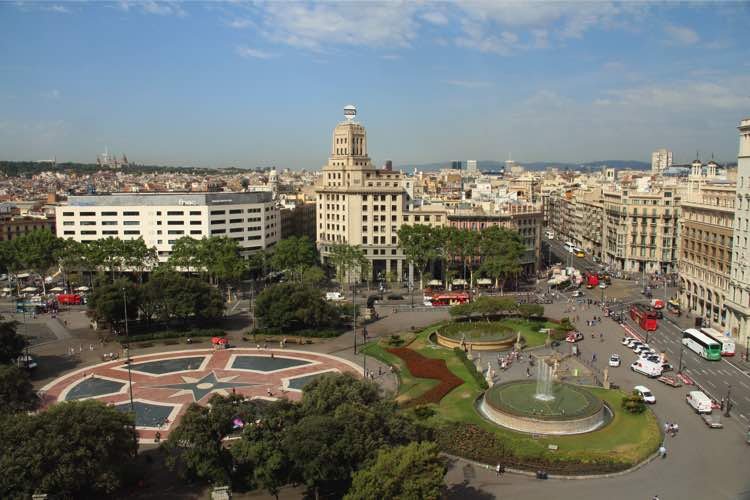Rethinking Urban Planning & Architectural Decisions in 2023
By: Nuria Magdalena Webb
During the twentieth century, a time marked by the rapid urbanization of western societies accompanied by escalating global stress, urban environments became impoverished and dysfunctional. From infrastructure failures to food and resource shortages to even deaths, the effects of climate change are vast and urban landscapes have the responsibility to plan accordingly.
So why exactly is a new outlook on urban development so important? Inadequately planned and managed cities also create new risks which threaten to erode current development gains. The lack of safe housing and adequate infrastructure and services can turn natural hazards into catastrophes.
Jahn Gehl, a Danish architect and urban design consultant, has focused on improving the quality of urban life by reorienting city design towards the pedestrian and cyclist.
He states, “Architecture and city planning has an enormous impact on patterns of life in the city. Yes, we form the cities but then the cities form us. First life, then spaces, then buildings – the other way around never works.”
Urban areas are traditionally characterized by high population density and heavy construction to support modern amenities; yet, they now face increasing pressure from expanding populations, limited resources, and the growing impact of climate change.
One of the indicators of this rising issue is the lack of natural space which creates unhealthy urban living. So, cities around the world are recognizing the benefits of a green or sustainable approach to urban planning.
While global urban development is increasingly oriented towards strategies for sustainability and green urbanism, both the ecological and equity implications of these developments are mostly overlooked. Access to urban public green and blue spaces is indeed unequally distributed in contemporary cities, and the COVID-19 lockdowns have shed light on the necessity of providing equal access to green urban spaces in order to guarantee a healthy sound living environment for all the inhabitants.
According to Dr. William J. Cohen, an associate professor of practice at Temple University’s Department of City & Regional Planning and Community Development, the goal is to “use resources without compromising the next generation's use of the planet.”
Philadelphia has a major issue of empty lots being “an eyesore and a terrible waste of space.” Empty parking lots can contribute to many environmental and even societal issues. There is this "heat island" effect present in urban areas, where the temperature is significantly higher than surrounding rural areas due to the absorption and retention of heat by paved surfaces. If planning is done poorly, it can change the environment or ecosystem for the worse.
Take water for example, through the expansion of paved, impermeable areas, which prevent rain from being absorbed by the soil, there is an increase in flood hazard. Poor solid waste management can also cause blockage to stormwater and sewage networks that can lead to waterlogging and once again, flooding. Damage to infrastructure can lead to water scarcity or contamination. Lack of access to safe housing with good provision for water and sanitation affects the capacity of urban residents.
To address these environmental concerns, it is important to design and maintain parking lots with sustainable practices, such as incorporating permeable pavement and green infrastructure, using energy-efficient lighting, and implementing litter prevention measures.
Additionally, promoting alternative transportation options such as walking, biking, or public transit can help reduce the need for large parking lots in the first place. They produce far fewer emissions than driving, reducing air pollution and greenhouse gas emissions that contribute to climate change.
Plaça Catalunya in Barcelona, Spain. BarcelonaTrips.
Even creating simpler urban spaces that fulfill cultural needs go a long way toward sustainability. In Barcelona, Spain, a cathedral square in the historic Gothic area enables local city dwellers to perform traditional Catalan folk dancing; these Plaças can be found in many Catalan cities, including many other European cities.
These simple urban spaces can result in a functional environment; it is more likely to evoke the right behavioral responses than the wrong ones. The well-being of residents leads to a healthy and sustainable environment. Take William Penn and his proposed purpose of central square at city hall — it was to develop a space where the community could find themselves in sustainable environments.
The benefits of these sustainable approaches are the potential lowering of urban temperatures, mitigating air pollution, and building natural environment resilience. At the intersection of both these challenges, one topic stands out: the importance of making cities more human and nurturing the environment.

